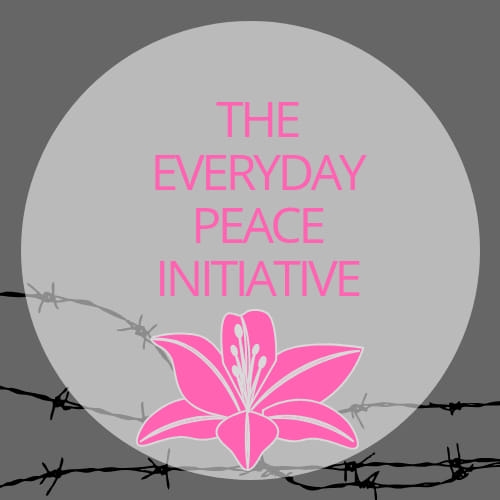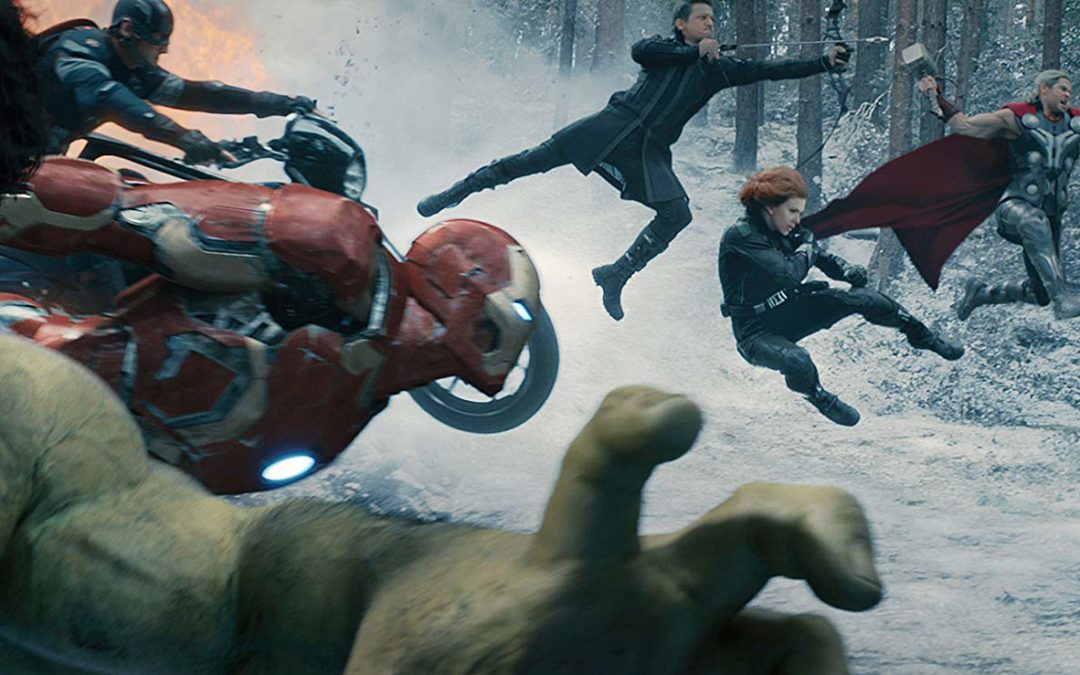I have always loved stories, as long as I can remember. As a child I had a vivid imagination, and I lived in those stories: the ones I read or watched on the screen, and the ones I made up myself. I especially loved strong, brave characters fighting against injustice and evil. At that time, there were not so many female characters that fit the description, but I fell in love with the ones that did. In my mind, I adapted them so that I could see myself in them, living so many great adventures. I am pretty sure that they were more than just stories, and that they are still part of who I am today.
I am not really trying to argue that watching violence on screens necessarily makes children more at risk of being violent. Although some research does warn us of the dangers of watching violence, this is not really the point I wish to make here, and a yes or not answer would not be enough. The point for me as a parent is to be better prepared for how to help children understand violence and other social issues, and to develop their critical thinking.
Perhaps, the truth is that we do not really ever have all the answers, but the good news is that we do not need to. What we do need is to open the conversation. And I mean a genuine conversation, one where we hear the other side and learn together. It does not need to be a lecture. I remember when my mum banned some of the shows I liked because they were ‘stupid’. Though she definitely had her reasons and very good intentions, what I felt was shame, both because I believed her – and I thought that I was therefore stupid – and because at the same time, I did not know how to stop myself from wanting to watch those shows, nor I could I really grasp what made them ‘stupid’. It was even more difficult when I was curious because all my friends were watching those shows, and I was already having a hard enough time being the awkward one in the group.
1. Know the content
2. Watch it together
3. Know the viewer
4. Feel their excitement
5. Question and problem-solve
Asking questions is a great way of developing critical thinking, even more than providing ready-made solutions. Narratives are usually written in a way that makes us cheer the heroes, no matter what they do. Afterwards, however, we may be able to question their conduct, for example, by focusing on specific actions. Was the conduct of the heroes always right? Does the child fully understand why the character acted in a certain way?
An exercise could be imagining to remove the action away from the context, for example by imagining that that action took place in a more realistic situation that the child may be familiar with. Ask your child, what would you have done in that situation? Were there other options?
You could go back to a certain problem the hero was facing. Could you think of other possible ways of solving it that did not involve harming?
Discussions such as these could allow you some insight into how your child understands what happens in the context of the narrative, the emotions involved and possible dilemmas.
6. Flip the narrative
7. Highlight the consequences of violence
What happened after someone was injured or killed on screen? How did the characters react? How did that make us feel? Quite often, when a hero succeeds in killing the enemy after much struggle, we love it. That is because it is shown in a way in which there is little emphasis on the suffering caused. Those killed or harmed by the heroes, including not only villains but also other casualties and destruction, we just do not notice. On the other hand, the suffering and threat induced by the villains is amplified.
There could be endless imaginative exercises that you could play to fill in the gaps. For example, go back to a scene with casualties, and focus on one of them. Who was that person? Who were his/her loved ones? What will happen next to him/her or their loved ones? What are they going to do?
Another simple idea, could be to just remove the characters and focus the conversation on the possible consequences of that violence in a more realistic way.
One of the functions of stories is to address our real fears. That is why we have monsters and monster slayers. Often, the villains are a voice into our own ‘dark side’. Stories are a window into our most intimate fears and wishes, and as such, they are more real than we would ever admit. Stories are real because they are us. And at the same time, they are not. They are this wonderful thing called imagination, which allows us endless possibilities to switch things over, changes bits and pieces, explore new paths.
Stay tuned! I am developing exciting resources and ideas for teaching nonviolence to children through stories, and more guidance on specific movies and TV shows.
Dr. Monica Carrer is a Peace and Conflict researcher, practitioner, and mother of two..

